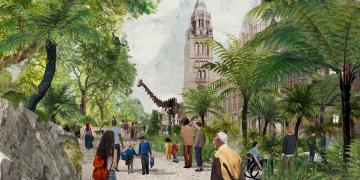Scientific Planning (Ecological restoration and conservation planning for adaptation to climate change)
Ecological Restoration (Nature-based solutions that both restore ecosystems and also sequester carbon, e.g. "trees, shrubs and grass" approach)
Sustainable land management (Accessible, technology-driven decision-making tools; Sustainable grazing management in degraded grasslands; sustainable “dry farming” agriculture management suitable for arid and semi-arid areas)
Community development (Environmental awareness, volunteer opportunities, and skill trainings)
Monitoring and evaluation (Ecological monitoring and benefit evaluation)
